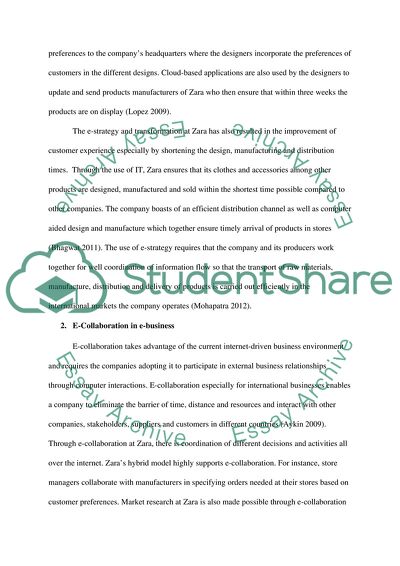Cite this document
(“Zara - A Review Essay Example | Topics and Well Written Essays - 3750 words”, n.d.)
Zara - A Review Essay Example | Topics and Well Written Essays - 3750 words. Retrieved from https://studentshare.org/e-commerce/1700457-zara-a-review
Zara - A Review Essay Example | Topics and Well Written Essays - 3750 words. Retrieved from https://studentshare.org/e-commerce/1700457-zara-a-review
(Zara - A Review Essay Example | Topics and Well Written Essays - 3750 Words)
Zara - A Review Essay Example | Topics and Well Written Essays - 3750 Words. https://studentshare.org/e-commerce/1700457-zara-a-review.
Zara - A Review Essay Example | Topics and Well Written Essays - 3750 Words. https://studentshare.org/e-commerce/1700457-zara-a-review.
“Zara - A Review Essay Example | Topics and Well Written Essays - 3750 Words”, n.d. https://studentshare.org/e-commerce/1700457-zara-a-review.


